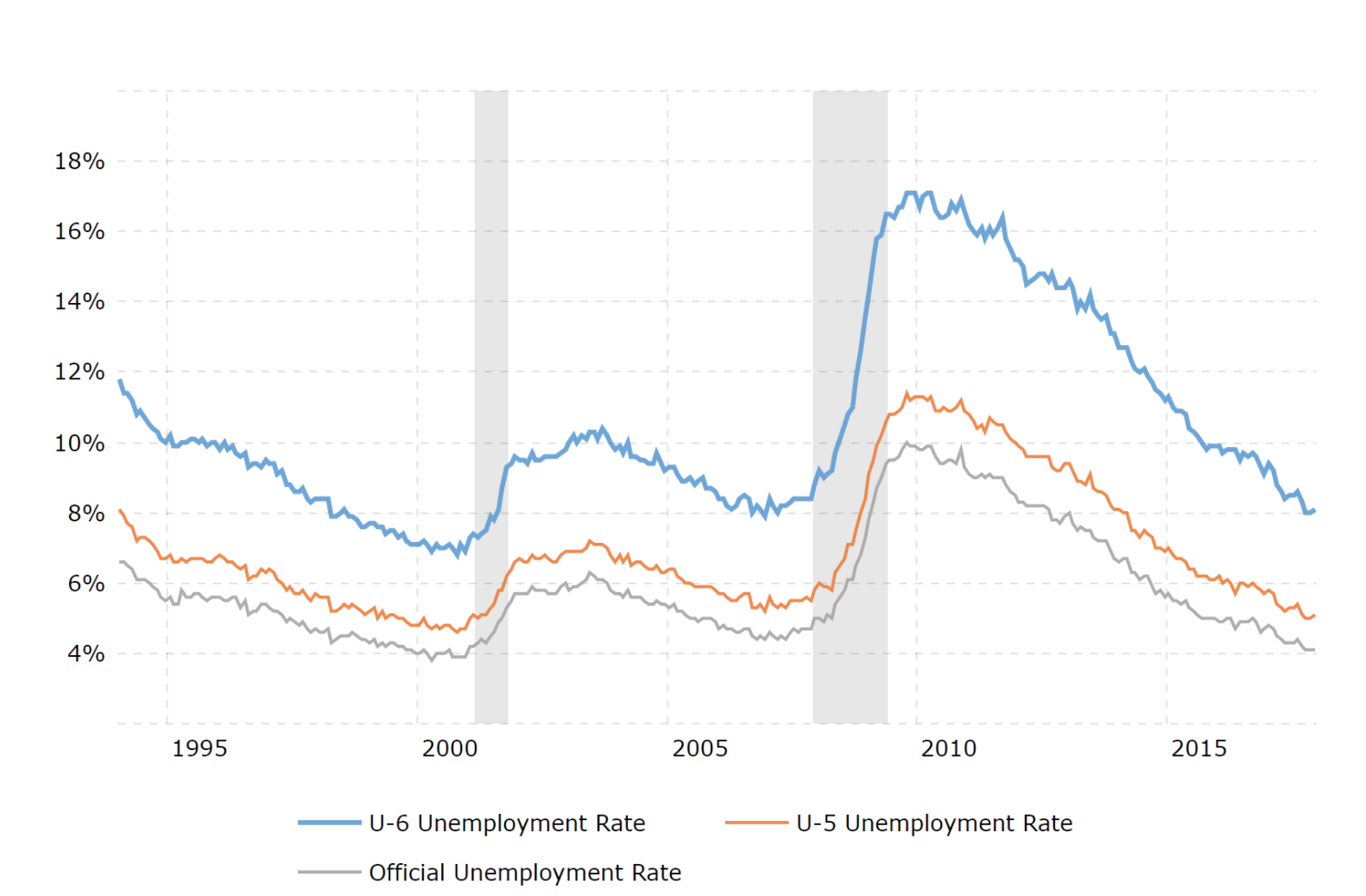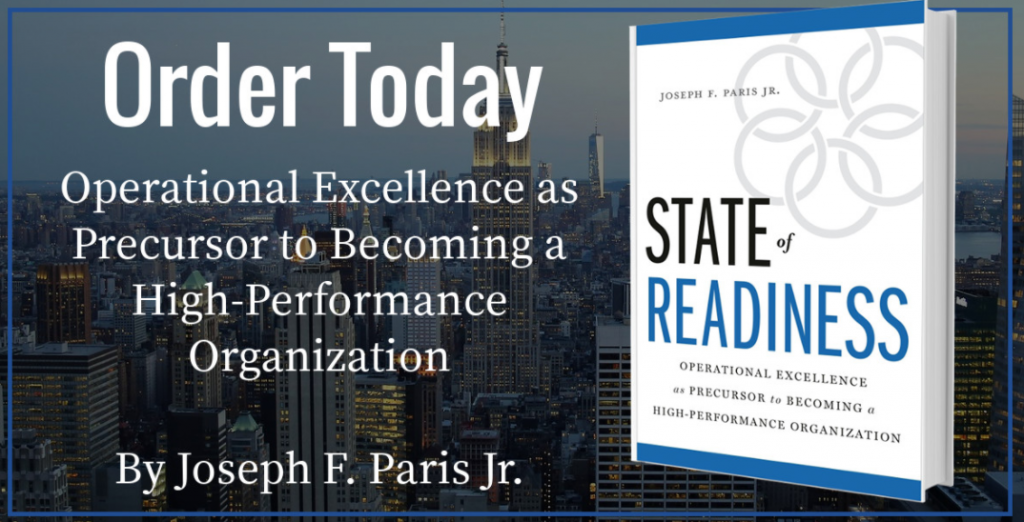 The competitive advantage for businesses in the 20th Century was centered around the efforts related to process excellence – making the processes throughout a business as efficient and as effective as possible. And this was accomplished using a variety of disciplines including (but not limited to) Lean, Six Sigma, Theory of Constraints, and so on.
The competitive advantage for businesses in the 20th Century was centered around the efforts related to process excellence – making the processes throughout a business as efficient and as effective as possible. And this was accomplished using a variety of disciplines including (but not limited to) Lean, Six Sigma, Theory of Constraints, and so on.
This is not to say that a mastering of these methodologies and their tools are obsolete or otherwise diminished in their importance. They are a necessary foundation on which to build and go beyond.
But, time is the enemy of the 21st Century company.
Therefore, the competitive advantage will go to the companies that can see further beyond the horizon then their competition, be able to recognize opportunities and threats sooner, and be able to devise and deploy decisive engagements of those opportunities and threats more quickly.
Not just see further and detect sooner, but act faster.
This means, they will have to make decisions more quickly and more boldly – often synthesizing a course of action from incomplete data.
And to be successful here, companies will have to improve their capabilities and capacities – not just within the business siloes – but horizontally integrated across the siloes. They will have to work to improve their organizational design so that, as an organization, they are operating efficiently and effectively. Therefore, the competitive advantage will go to the businesses that not only have a command of the fundamental building blocks of process excellence, and systems excellence, but also achieve a level of operational excellence – ensuring the entire organization is in a State of Readiness.
The key to success here are having an organizational design that is built for speed – nimble, capable, and decisive – and investing in talent. Not just hiring and retaining the best, which will be increasingly more difficult as the competition for talent in the talent pool becomes tighter. But investing in those who are already working within your organization so that they can be the best they can be and drive value throughout organizations.
After all, you can’t be a high-performance organization without having high-performance teams who are made-up of high-performance individuals.
By any measure and according to the National Bureau of Economic Research, the Great Recession that started in 2007 with the subprime mortgage crisis and ended in 2009 (at least in the United States) with the Gross Domestic Product (GDP) shrinking by 0.3% in 2008 and 2.8% in 2009.
At its worst, the United States lost 3.567 million jobs in 2008 and another 5.068 million jobs in 2009 with Unemployment Rate increasing from 4.4%, 5.3%, and 8% (U-3 the “Official” rate used, U-5, and U-6 respectively) in December of 2006 to 10%%, 11.4%, and 17.1% in October of 2009 – not recovering again until April 2017.
Other economic indicators would have the Dow Jones Industrial Average (DJIA) drop from 14,093 on Oct 12, 2007 (a number that will not be re-achieved until March 1, 2013) to 6,626 on March 6, 2009. The Consumer Confidence Survey drop from 111.9 in 2007 (a number that would not be seen again until 2017) dropping to 25 in 2009. And Merger and Acquisition activity dropped significantly in both the number of deals done and the value of those deals from 2007 to 2013, not picking up again until 2014.
So, although the Great Recession itself as measured by GDP alone ended in 2009, the recovery along other economic indicators would not occur until 2013 for the DJIA or the 2017 for Consumer Confidence and Unemployment.
During much of this time, companies were concentrating on cutting – and cutting everywhere and everything. Cut excess capacity. Cut non-core businesses. Cut overhead. Cut costs. Cut people. Cut muscle, not just fat. If we can do if for cheaper elsewhere, that’s what they did. Do more with less.
When businesses and individuals did finally start to add, they did it conservatively, modestly, and deliberately – never quite trusting that a recovery was occurring. The economic correction of the Great Recession was so powerful and harsh that it changed the way businesses and people believed and behaved – that the austerity and pain was going to last forever and they need to play defense accordingly. They both suffered from a form of Great Depression Syndrome – an entire generation had their outlooks on life dramatically changed.
This is the natural order of the business cycle.
There is a period when businesses expand as demand grows. They grow their core capabilities by expanding production capacity in the form of new production facilities and equipment – and also look to expand to the periphery (usually through acquisition). Much of this expansion (and the consumption) is supported by the taking on of debt. If the expansion is across industries, there is an economic boom.
Inevitably, they business cycle reaches a peak. Yet businesses to often do not realize they have witnessed the peak and they continue to expand their ability to production – resulting in excess capacity. Perhaps the expansion of the overall production in the industry as a whole amplifies the excess capacity as new entrants chase the money. The real peril to the economy lies when excess capacity exists on a cross-industrial scale when the consumption ceiling is reached because the consumers exceed their ability to take on more debt to fuel their consumption.
The Great Recession saw housing prices increasing year-on-year by 7%. And many believed that this trend was going to go “forever”. There were even “NINJA” loans (No Income, No Jobs or Assets) to add fuel to the frenzy. Unfortunately, “forever” is never as long as people think it is.
When this unsustainability becomes glaringly apparent, there is a contraction (usually rather sudden) in both consumption and production and the business cycle enters a period of contraction. This is a period of time when the over-capacity is shed. Some businesses will survive and some will not. If the contraction is widespread across industries, the economy as a whole enters into a recession. The economic paid in a recession is further amplified by the digestion of old debt and the contraction in the issuing of new debt.
And finally, we come to the last phase of the business cycle: The trough. This is where the excess capacity has been shed and businesses – at least those who have survived the contraction – are once again running efficiently and effectively. On a macro scale, this takes the form of a recession recovery and debt has also been shed by both the producer and the consumer.
And we can start the entire cycle again.
We are certainly in the economic expansion phase of the business cycle – perhaps even a boom. And not just in the United States, but globally. There are few economies and few industries that are enjoying the bounty. Financial spirits are flying high at companies and with individuals.
But remember that Roman conquerors returning from victory would enjoy the honor of a Triumph, a celebration with a parade – where the wonders and treasures plundered from the conquered lands would be displayed for all to see. The conqueror would ride in a chariot to be honored. And a slave would ride with him, whispering a warning in his ear; “All glory is fleeting.”
“Entrepreneurs are simply those who understand that there is little difference between obstacle and opportunity and are able to turn both to their advantage.” – Niccolo Machiavelli
Wherever you might find yourself in the business cycle, there is opportunity which you can realize – if you are able to see it far enough in advance and muster a response. Can you ramp-up quickly and in a controlled manner when business is heating up? Are you able to properly react when business cycle turns against you?
Operational Excellence is not about what happens when things are going good and as expected, or even great. Operational Excellence is about what happens when faced with the unexpected, or even when things go horribly wrong. How prepared is your company when faced with peril? Can it recognize the opportunities and threats? Do you control your narrative or does the narrative control you?
“One door closes and another door opens. But the hallways, the transitions, are painful.” – Joseph Paris
Boom or bust – if you are in a State of Readiness, you will be in a much better position and much more likely to be able to stay ahead of the business cycle.
Bio:
Joseph Paris is an entrepreneur with extensive international experience. He is the Chairman of the XONITEK Group of Companies, an international management consultancy firm he founded in 1985; and the Founder of the Operational Excellence Society, a “Think Tank” dedicated to serving those interested in the disciplines of Operational Excellence. In addition, Paris serves on the Advisory Board of the System Science and Industrial Engineering Department at Binghamton University and on the Process Industries Division at the IIE. He is also on the Editorial Board of the Lean Management Journal and a sought-after speaker, guest lecturer and writer.
Mr. Paris is also the author of State of Readiness.


